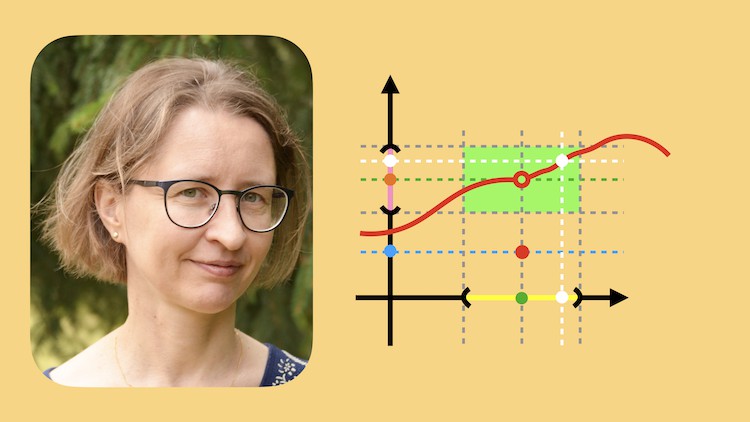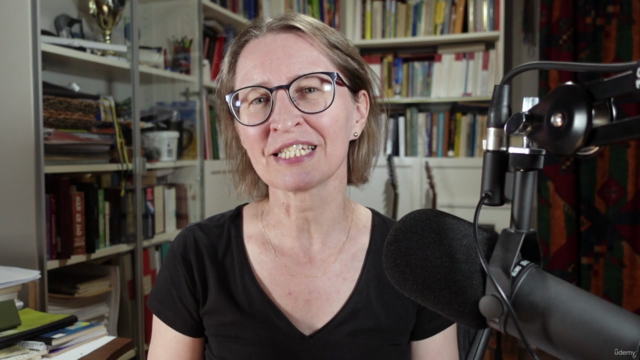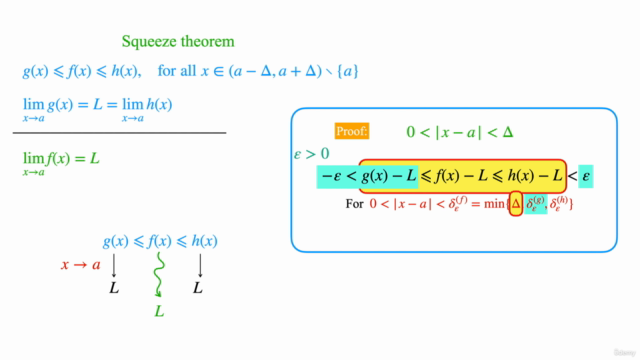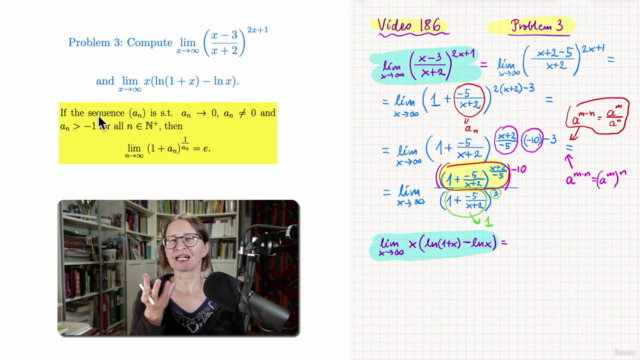Calculus 1, part 1 of 2: Limits and continuity
Single variable calculus with elements of Real Analysis: from axioms and proofs to illustrations and computations
4.82 (173 reviews)

2,036
students
60 hours
content
Apr 2025
last update
$19.99
regular price
What you will learn
How to solve problems concerning limits and continuity of real-valued functions of 1 variable (illustrated with 491 solved problems) and why these methods work.
The structure and properties of the set of real numbers as an ordered field with the Axiom of Completeness, and consequences of this definition.
Arithmetic on the extended reals, and various types of indeterminate forms.
Supremum, infimum, and a reformulation of the Axiom of Completeness in these terms.
Number sequences and their convergence or divergence; the epsilon-definition of limits of sequences, with illustrations and examples; accumulation points.
Getting new limits from old limits: limit of the sum, difference, product, quotient, etc, of two sequences, with illustrations, formal proofs, and examples.
Squeeze Theorem for sequences
Squeeze Theorem for functions
The concept of a finite limit of a real-valued function of one real variable in a point: Cauchy's definition, Heine's definition; proof of their equivalence.
Limits at infinity and infinite limits of functions: Cauchy's definition (epsilon-delta) and Heine's definition (sequential) of such limits; their equivalence.
Limit of the sum, difference, product, quotient of two functions; limit of composition of two functions.
Properties of continuous functions: The Boundedness Theorem, The Max-Min Theorem, The Intermediate-Value Theorem.
Limits and continuity of elementary functions (polynomials, rational f., trigonometric and inverse trigonometric f., exponential, logarithmic and power f.).
Some standard limits in zero: sin(x)/x, tan(x)/x, (e^x-1)/x, ln(x+1)/x and a glimpse into their future applications in Differential Calculus.
Some standard limits in the infinity: a comparison of polynomial growth (more generally: growth described by power f.), exponential, and logarithmic growth.
Continuous extensions and removable discontinuities; examples of discontinuous functions in one, several, or even infinitely many points in the domain.
Starting thinking about plotting functions: domain, range, behaviour around accumulation points outside the domain, asymptotes (vertical, horizontal, slant).
An introduction to more advanced topics: Cauchy sequences and their convergence; a word about complete spaces; limits and continuity in metric spaces.
Screenshots




5213488
udemy ID
3/15/2023
course created date
10/18/2023
course indexed date
Bot
course submited by